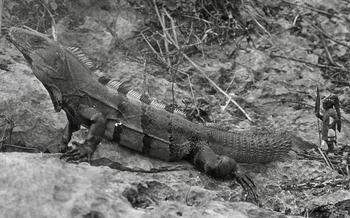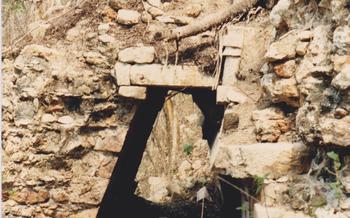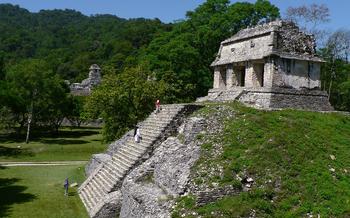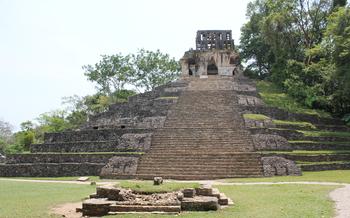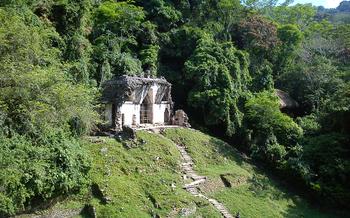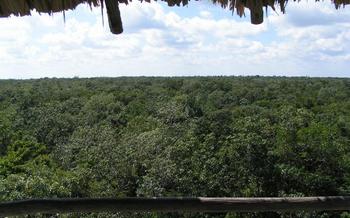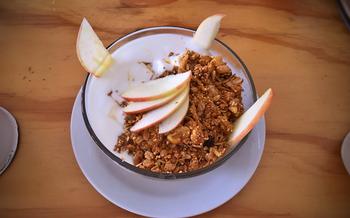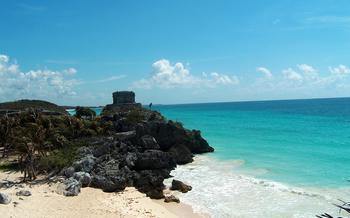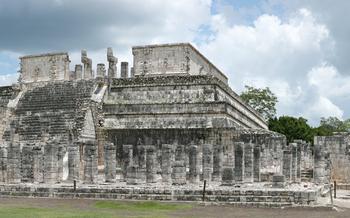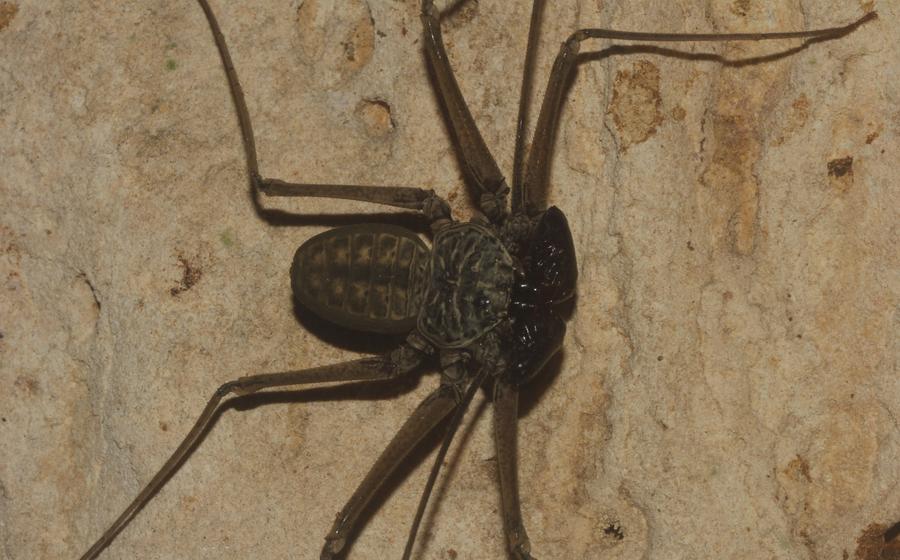
Grutas de San Cristóbal
- Palenque: An Ancient Maya City and Natural Wonders
- The Grutas de San Cristóbal: An Enchanting Underground World
- Exploring the Caves: A Thrilling Adventure
- The River of San Cristóbal: A Refreshing Dip
- Wildlife Encounters in the Caves
- Photography Opportunities in the Caves
- Combining the Caves with Other Palenque Attractions
- Planning Your Visit: Essential Information
- The History of the Caves: Archaeological Discoveries
- Cultural Significance of the Caves
- Sustainable Tourism Practices
- Local Cuisine and Dining Options
- Accommodations for a Comfortable Stay
- Insider Tip: Capture the Magic of the Caves
Palenque: An Ancient Maya City and Natural Wonders
Palenque, a city in southern Mexico, boasts a rich history dating back to the 7th century AD, when it served as a powerful Maya kingdom. Today, it attracts visitors from around the world with its well-preserved ruins, which include the Templo de las Inscripciones (Temple of the Inscriptions) and the Palacio (Palace). Beyond its ancient heritage, Palenque is surrounded by breathtaking natural attractions, including the Grutas de San Cristóbal, a series of underground caves that offer a glimpse into the region's geological wonders.
The Grutas de San Cristóbal: An Enchanting Underground World
Deep within the lush rainforests of Palenque, a hidden gem awaits—the Grutas de San Cristóbal, an extensive network of caves that offers a glimpse into the earth's mysterious depths. These magnificent caves, formed over millions of years by the erosive power of water, are a testament to nature's artistry.
As you venture into the caves, you'll be greeted by a symphony of dripping water and the cool, refreshing air that permeates the underground chambers. The caves are adorned with intricate stalactites and stalagmites, taking on various shapes and sizes, from delicate chandeliers to towering columns. The play of light and shadow on these formations creates a surreal and enchanting atmosphere.
The process of cave formation begins with water seeping through cracks and fissures in the rock. Over time, this water dissolves the soluble minerals in the rock, creating cavities and passageways. The dissolved minerals are then redeposited in the form of stalactites and stalagmites, which slowly grow over thousands of years.
The Grutas de San Cristóbal offer a unique opportunity to witness this geological phenomenon firsthand. As you explore the caves, you'll see firsthand the intricate formations that have been shaped by the patient work of water over countless millennia.
Exploring the Caves: A Thrilling Adventure
Prepare yourself for an awe-inspiring journey into the depths of the Grutas de San Cristóbal. Embark on a guided tour tailored to your adventure level, whether you seek a leisurely stroll or a challenging spelunking experience. As you venture deeper into the caverns, marvel at the intricate formations and towering stalactites that adorn the cave walls like natural sculptures. Discover hidden chambers that reveal glistening underground pools and cascading waterfalls, creating a symphony of sights and sounds. Each turn unveils a new wonder, leaving you in awe of the subterranean beauty that lies beneath the surface of Palenque.
The River of San Cristóbal: A Refreshing Dip
Venturing deeper into the Grutas de San Cristóbal, you'll encounter a hidden treasure—the River of San Cristóbal. Flowing through the heart of the caves, this crystal-clear river beckons visitors with its refreshing waters. Take a moment to pause and immerse yourself in the tranquility of the underground river. Swim amidst the stalactites and stalagmites, surrounded by the lush vegetation that thrives along the riverbanks. The cool, clear water provides a welcome respite from the warm cave air, making it an ideal spot to cool off and recharge. As you float along the river, marvel at the intricate rock formations and the vibrant colors that dance on the water's surface. This unique experience is a must-do for anyone seeking adventure and a connection with nature.
Wildlife Encounters in the Caves
As you venture deeper into the Grutas de San Cristóbal, be prepared for unexpected encounters with the diverse wildlife that calls these caves home. Bats, the most prominent inhabitants, flutter overhead in large colonies, their high-pitched squeaks echoing through the chambers. These creatures play a crucial role in the cave ecosystem, helping to control insect populations and disperse seeds.
In addition to bats, you may spot spiders scuttling across the cave walls or insects flitting through the air. While some of these creatures may appear intimidating, they are generally harmless and serve important functions in the cave's delicate ecosystem. Spiders help to keep insect populations in check, while insects contribute to the decomposition of organic matter.
Respecting the wildlife and their habitat is essential when exploring the caves. Avoid disturbing them or leaving behind any trash that could disrupt the ecosystem's balance. Remember, these creatures are an integral part of the cave's magic, and their presence adds to the unique and unforgettable experience of exploring this subterranean wonderland.
Photography Opportunities in the Caves
The Grutas de San Cristóbal offer a photographer's paradise, with their mesmerizing cave formations and diverse wildlife. To capture the beauty of these natural wonders, it's important to come prepared with the right equipment and techniques. Bring a camera with a wide-angle lens to capture the vastness of the chambers and the intricate details of the stalactites and stalagmites. A tripod will help stabilize your shots and minimize camera shake, especially in low-light conditions. Experiment with different shutter speeds and apertures to control the amount of light entering the lens and create different effects. For wildlife photography, a macro lens can be useful for close-up shots of the creatures that inhabit the caves. Remember to use a flash sparingly, as it can disturb the animals and ruin your shot. With a little patience and skill, you can capture stunning photographs that will serve as lasting memories of your spelunking adventure.
Combining the Caves with Other Palenque Attractions
Palenque is home to a wealth of natural and historical treasures beyond the Grutas de San Cristóbal. To make the most of your visit, consider combining the cave exploration with other must-see attractions in the area.
Just a short drive from the caves, you'll find the ancient Maya city of Palenque, a UNESCO World Heritage Site. Explore the impressive ruins, marvel at the intricate carvings and immerse yourself in the history of this once-thriving metropolis.
For a refreshing change of pace, head to Agua Azul, a series of stunning waterfalls and turquoise pools located about an hour from Palenque. Take a dip in the cool waters, admire the cascading falls, and soak in the breathtaking scenery.
If you're an avid nature lover, don't miss the opportunity to visit the nearby Misol-Ha Waterfall. Located about 20 minutes from Palenque, this picturesque waterfall offers breathtaking views and a chance to witness the power and beauty of nature.
By combining the Grutas de San Cristóbal with these other attractions, you can create a comprehensive itinerary that showcases the diverse wonders of Palenque. Whether you're interested in history, nature, or adventure, you'll find something to captivate you in this enchanting region.
Planning Your Visit: Essential Information
To ensure a smooth and enjoyable experience, it's crucial to plan your visit to the Grutas de San Cristóbal effectively. The caves are conveniently located just a short distance from the city of Palenque, making them easily accessible. To get there, you can either take a guided tour, which typically includes transportation from Palenque, or drive yourself and follow the signs leading to the caves.
Once you arrive at the caves, you'll find that guided tours are available throughout the day, with varying schedules to accommodate visitors' preferences. It's advisable to book your tour in advance, especially during peak tourist season, to avoid any disappointment. Prices for the tours are generally affordable and include the services of an experienced guide who will lead you through the caves, providing insights into their history and formations.
The History of the Caves: Archaeological Discoveries
The Grutas de San Cristóbal have yielded a wealth of archaeological evidence, providing valuable insights into the ancient Maya civilization. Scattered throughout the caves are remnants of pottery, stone tools, and other artifacts, offering glimpses into the daily lives and rituals of the Maya people.
Archaeological excavations have unearthed human remains, suggesting that the caves may have served as burial sites. The discovery of skeletal remains accompanied by grave goods, such as ceramic vessels and jade ornaments, further reinforces this theory. These findings shed light on Maya funerary practices and provide clues about their beliefs in the afterlife.
The caves also contain numerous rock carvings and inscriptions, serving as a canvas for Maya artistic expression. These intricate carvings depict various motifs, including human figures, animals, and abstract symbols. By deciphering these inscriptions, researchers have gained deeper insights into Maya iconography, mythology, and historical events.
Cultural Significance of the Caves
To the ancient Maya, the Grutas de San Cristóbal were far more than just geological formations; they held immense cultural and spiritual significance. According to Mayan mythology, the caves were considered sacred portals to the underworld, known as Xibalba. The Maya believed that these caves were the dwelling places of various deities and spirits, and they often conducted religious ceremonies and rituals within the cave chambers.
The caves were also seen as a source of healing and rejuvenation. The Maya believed that the waters that flowed through the caves had medicinal properties and that bathing in these waters could cure illnesses and bring good health. The caves were also believed to be a place where people could connect with the spirits of their ancestors and seek guidance and protection.
Sustainable Tourism Practices
As responsible travelers, it's essential to prioritize sustainable tourism practices when visiting the Grutas de San Cristóbal. By adopting eco-friendly habits, we can help preserve the delicate ecosystem of the caves and support the local community. Here are some tips to consider: - Minimize Waste: Avoid single-use plastics and opt for reusable water bottles and containers. - Respect the Wildlife: Refrain from disturbing the cave's inhabitants, and avoid touching or interacting with the wildlife. - Leave No Trace: Ensure you don't leave any trash or personal belongings behind. - Support Local Guides: Choose local guides who are knowledgeable about the caves and committed to sustainable practices. Their insights can enrich your experience while supporting the local economy. - Educate Yourself: Learn about the importance of cave conservation and share your knowledge with others.
Local Cuisine and Dining Options
To fully immerse yourself in the local culture, don't miss the opportunity to savor the delectable cuisine of Palenque. The city boasts a diverse range of dining options, from traditional Mexican restaurants to international eateries. For an authentic experience, try the local specialty, pejelagarto, a unique dish made from a freshwater fish found in the nearby Usumacinta River. Other must-try dishes include tamales, pozole, and tacos al pastor.
When choosing a restaurant, consider venturing off the beaten path and exploring the local markets or small eateries. These hidden gems often offer the most authentic flavors and provide a glimpse into the daily life of the locals. Don't be afraid to ask for recommendations from your tour guide or hotel concierge, as they can point you in the direction of some of the best local spots.
Accommodations for a Comfortable Stay
To fully immerse yourself in the wonders of the Grutas de San Cristóbal, consider extending your stay in the area. Fortunately, there are various accommodation options available to suit different budgets and preferences. For those seeking a luxurious experience, the Quinta Chanabnal is an excellent choice. This charming hotel offers spacious rooms with stunning views of the surrounding rainforest. Alternatively, budget-conscious travelers can opt for the nearby Hotel Maya Palenque, which provides comfortable accommodations at an affordable price. Whichever option you choose, ensure it aligns with your budget and allows you to fully experience the magic of this enchanting destination.
Insider Tip: Capture the Magic of the Caves
For an unforgettable experience, plan your visit to the Grutas de San Cristóbal during the rainy season, typically from June to October. During this time, the caves come alive with the increased flow of water, creating mesmerizing waterfalls and amplifying the roar of the underground river. Witnessing the caves in their full glory is a sight to behold.
I recall my own visit during the rainy season, when the caves transformed into a symphony of water and light. The sound of the cascading waterfalls echoed through the chambers, creating an almost ethereal atmosphere. As I navigated the slippery paths, I couldn't help but feel a sense of awe and wonder at the raw power of nature. The increased water levels added an extra layer of challenge and excitement to the exploration, making it an unforgettable adventure.
